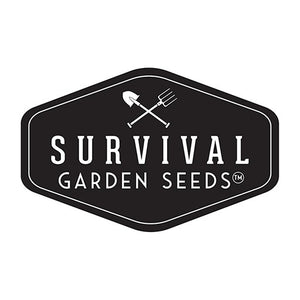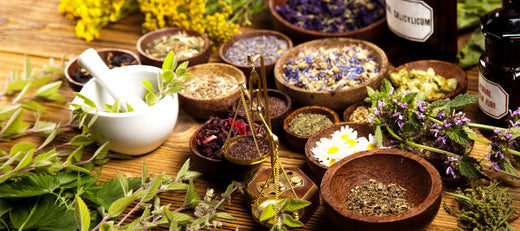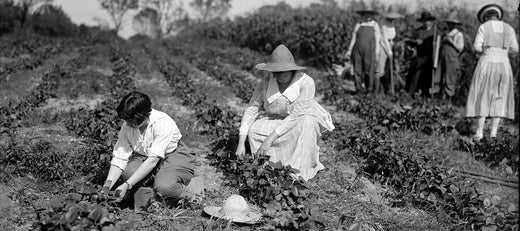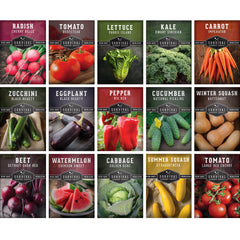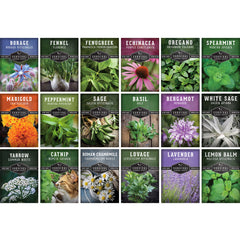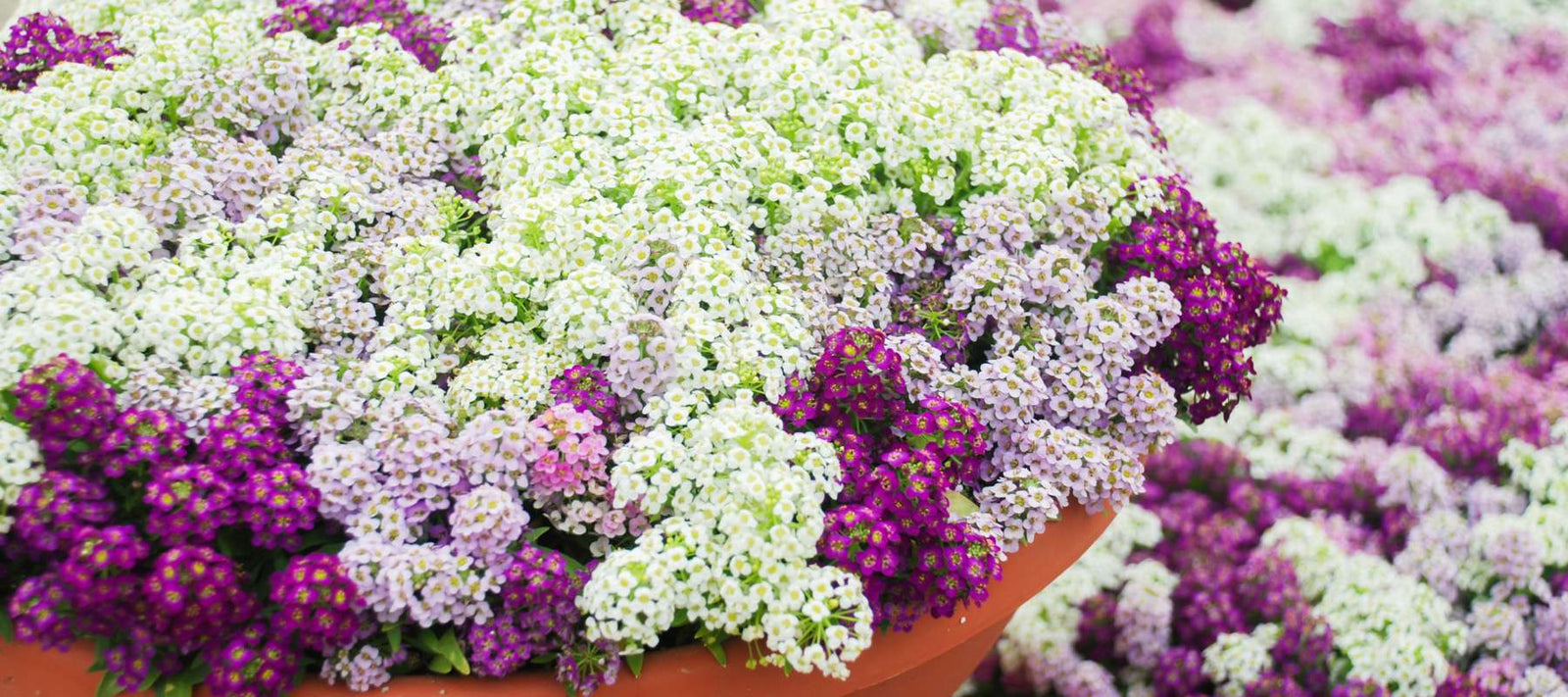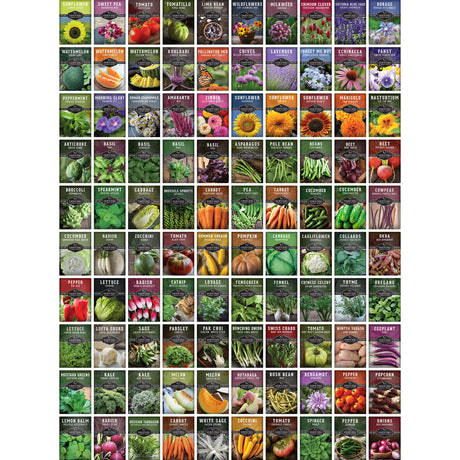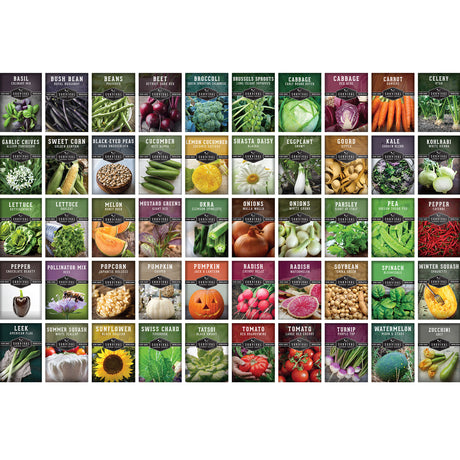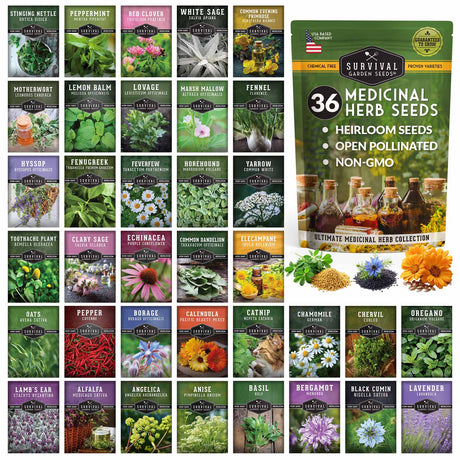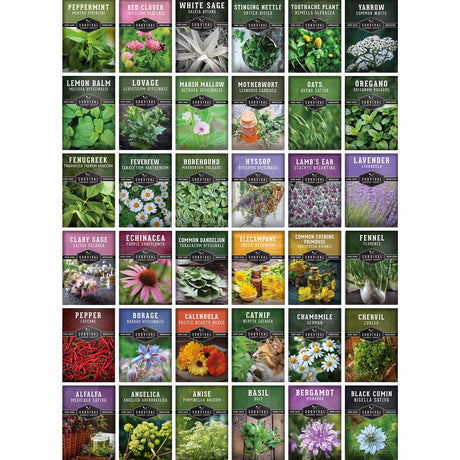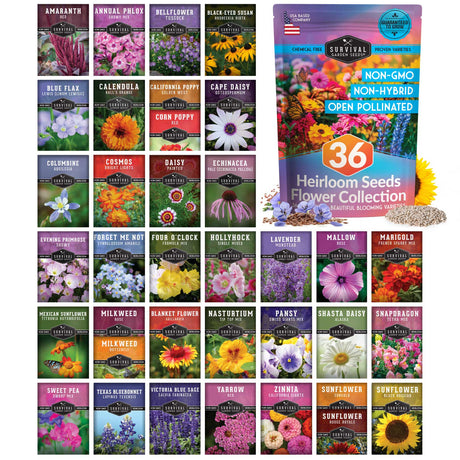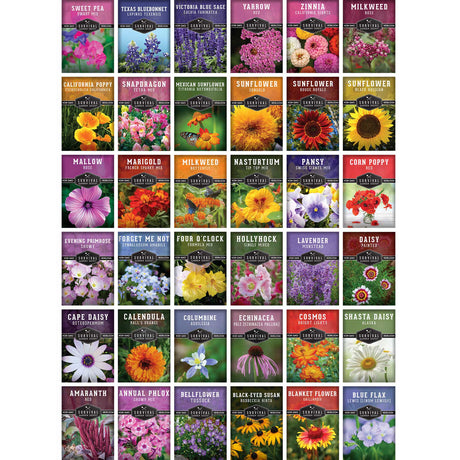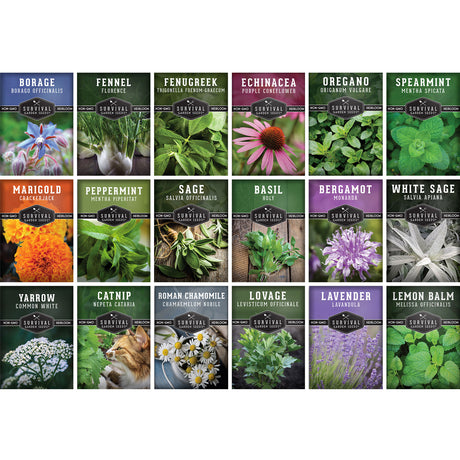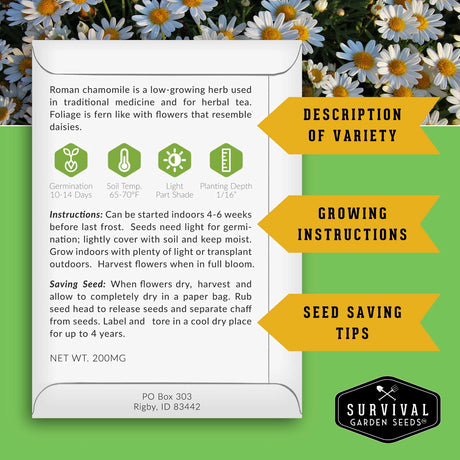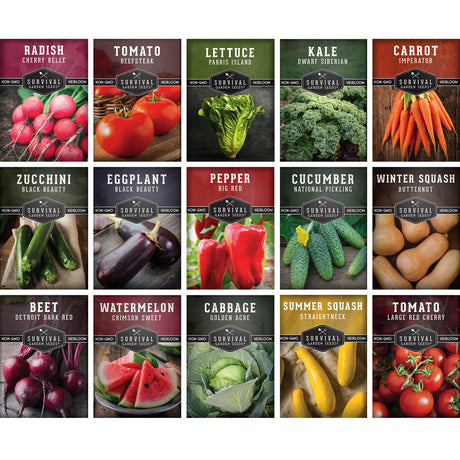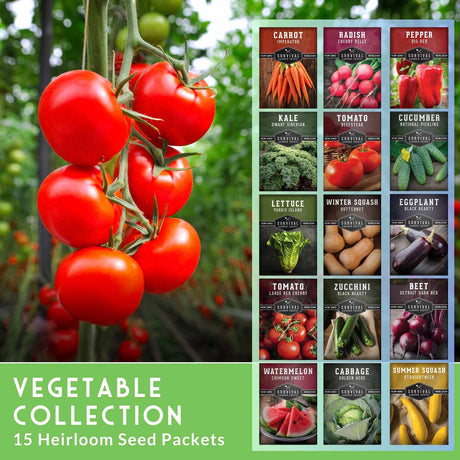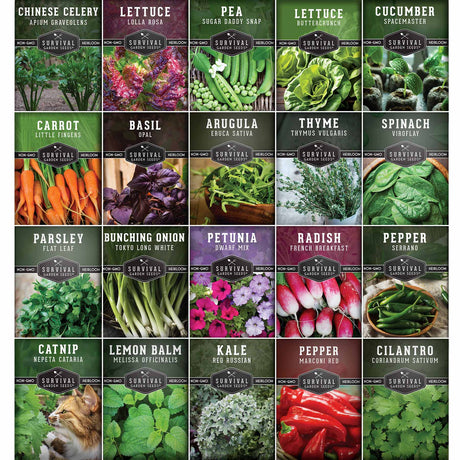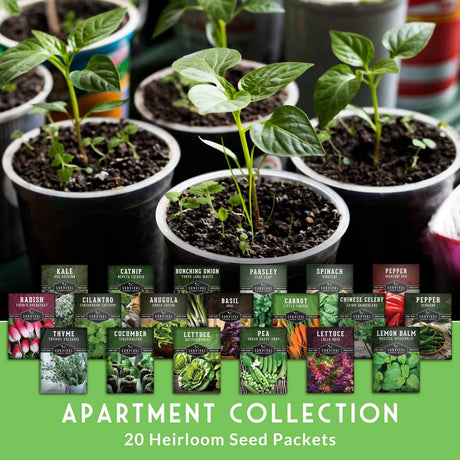If you want to bring fragrance, beauty, and pollinators to your garden, Consider growing Alyssum. Perhaps more commonly called Sweet Alyssum, this plant is a short-lived perennial that produces mounds of tiny flowers with a honey-sweet fragrance. Its spreading nature makes it a lovely seasonal ground cover in rock gardens or cascading over walls. Let’s learn more about this sweet flowering herb.
Origins of Alyssum

Alyssum (Lobularia maritima) is a flowering herbaceous plant in the mustard family (Brassicaceae). It is native to the Mediterranean, where it grows in rocky, sunny areas along the coast. In warmer climates like USDA Hardiness Zones 9+, alyssum is a perennial plant, but in most of the United States, it is grown as an annual. The plants grow 3 to 9 inches high as spreading mounds with bright green leaves and tiny clusters of 4-petaled flowers in shades of white, pink, and purple. Alyssum blooms so much, the flowers may completely obscure the greenery at peak. It has a very long bloom season and produces flowers throughout the summer until frost.
Benefits of Growing Sweet Alyssum
Alyssum is “more than just a pretty face”, as they say. This lovely plant will bring multiple benefits to your garden. The sweet fragrance of alyssum is attractive to pollinators and humans alike. It makes a wonderful companion plant to vegetables as its shallow roots and dense nature help to keep the ground moist, and its flowers attract beneficial insects that can control common garden pests like aphids.

While it cannot take much foot traffic, Alyssum is an excellent alternative ground cover. This low-growing carpet of flowers is perfect for areas where you want to suppress weeds, and it requires little to no maintenance. To encourage prolific flowering, it’s a good idea to deadhead spent blooms. Alyssum will grow in a variety of soil conditions, and some varieties are quite drought tolerant, like our Royal Carpet Alyssum. You may still need to provide water during especially dry periods.
Alyssum is edible, too! The young leaves, stems, and flowers are all edible. Like most plants in the mustard family, alyssum leaves and flowers have a sweet and slightly peppery taste that can add some zing to your dishes. They are used as a garnish for salads or to complement salty dishes. This plant also has a history of use in natural medicine to treat scurvy, colds, and as a diuretic.
How to Grow Alyssum
Alyssum is relatively easy to grow from seed, and once established, it can reseed itself from year to year. Choose an area that receives full sun to partial afternoon shade. Average soil that is well drained and medium moist will be fine.
After all danger of frost is past, sow seeds outdoors. Light is required for the germination of Alyssum seeds, so broadcast seeds on the surface of cultivated soil and press in for good contact. Keep seeds evenly moist through germination. Seeds should germinate in 8 to 15 days. Thin seedlings to about 5 inches apart.
Alyssum will grow quicker if the soil is rich with compost when planting. A liquid fertilizer can encourage reblooming, as will deadheading. This plant may slow blooming in extreme heat. It can handle some light frost but will die back with freezing temperatures.
Fragrant and Beautiful
With its sweet fragrance, vibrant blooms, and pollinator-friendly nature, Alyssum is a delightful addition to any garden. Easy to grow and offering multiple benefits, from ground cover to edible garnishes, this versatile plant proves that beauty and functionality can go hand in hand. Plant some Alyssum in your garden so you can enjoy its charming presence throughout the season.

